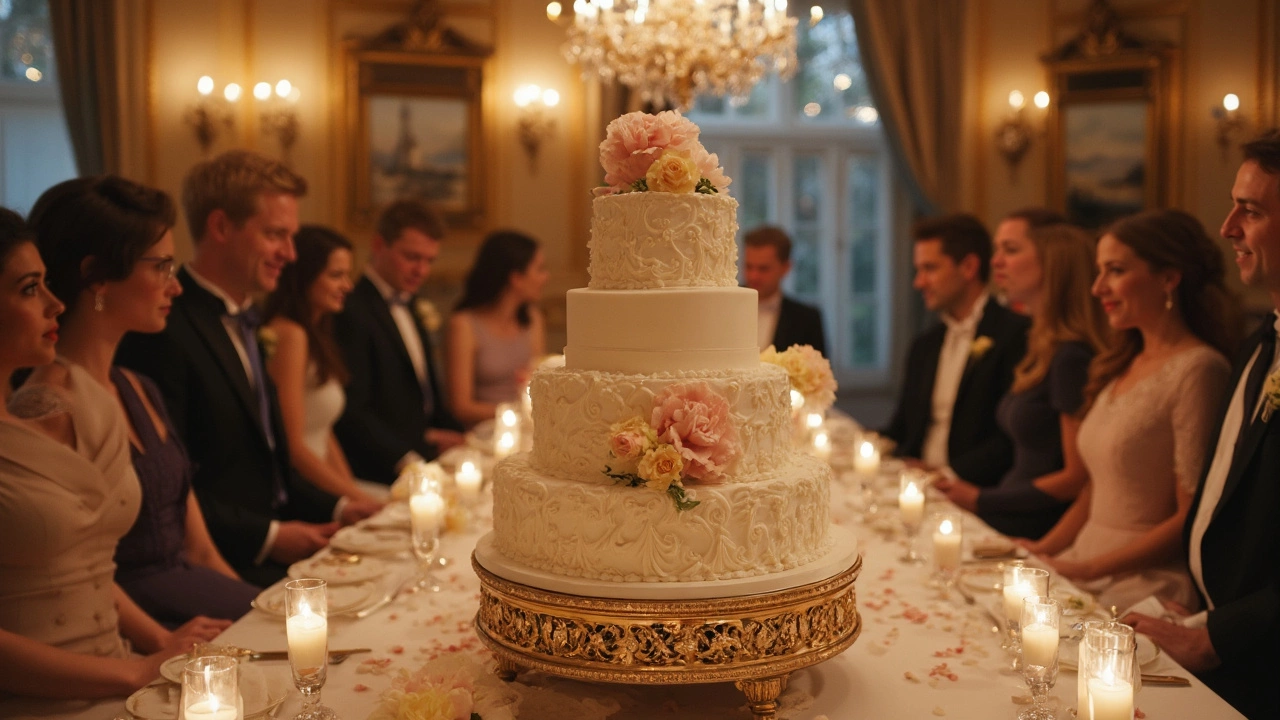Cake Decoration Ideas for Your Bristol Wedding
If you’re planning a wedding in Bristol, the cake is one of the biggest visual statements of the day. But you don’t need a pastry chef’s degree to make it memorable. Below are down‑to‑earth tips, fresh trends for 2025, and practical ways to work with local bakers without blowing your budget.
Start With a Clear Theme
Before you pick flowers or fondant, decide what mood you want the cake to set. A beach‑side ceremony calls for seashell accents and soft blues, while a historic venue like the Clifton Suspension Bridge feels right with Victorian lace patterns. Write one sentence that sums up the vibe – it becomes your cheat‑sheet when you talk to decorators.
Most Bristol bakers will ask for a mood board. Use Pinterest or a simple collage of colors, textures, and a couple of cake photos. The clearer you are, the fewer revisions you’ll need, and the sooner you’ll get a design you love.
Keep Decorations Fresh and Easy
Fresh flowers look gorgeous, but they wilt fast and can be pricey. A smart trick is to use a small batch of real blooms on the top tier and complement them with edible sugar flowers or painted buttercream leaves on the lower layers. This combo gives the wow factor while staying affordable.
Another budget‑friendly option is to borrow seasonal produce from local farms. Think baby carrots, rosemary sprigs, or even edible lavender. They add texture, a hint of scent, and a touch of Bristol’s countryside vibe.
If you love sparkle, go for a subtle gold leaf drizzle or a thin ribbon of metallic sugar paste. One or two accents can turn a plain cake into a statement piece without the need for a full‑cover fondant.
Work With Local Talent
Bristol has a thriving cake scene – from boutique patisseries in Stokes Croft to home‑based bakers in Clifton. Ask for samples, read reviews, and don’t be shy about negotiating. Many bakers will offer a free tasting if you book a tasting session, which is a great way to test flavor and decoration style together.
When you meet a baker, bring your theme note, budget range, and any must‑have elements (like a particular flower or color). Most will suggest a realistic decoration plan that fits your price point, and they’ll often have a portfolio of recent weddings to show you exactly what’s possible.
Practical Tips for the Big Day
Make sure the cake is sturdy enough for transport and for any extra toppings you might add, like a topper or fresh fruit. Ask the baker about the best way to store the cake overnight – usually a cool, dry place or a fridge with a short lid.
Plan for a cake cutter or knife that fits the design. A simple, elegant blade works better than a fancy one that could chip delicate sugar work. Have a backup plan: a small “tasting” cake for the reception and a larger display cake that may not be eaten.
Finally, give the baker a clear timeline. Bristol traffic can be tricky, so schedule delivery at least an hour before the cake cutting to allow for any last‑minute adjustments.
With a clear theme, smart decoration choices, and a local baker who gets your vision, your wedding cake will be the talk of the night – without causing a budget nightmare.
Wedding Cake Icing: A Sweet Decision
Choosing the right icing for a wedding cake is more than just a matter of taste—it's a chance to elevate the design and make a statement. From buttercream's creamy texture to fondant's sleek finish, different types of icing can significantly change the cake's appearance and flavor. Knowing the variety available helps couples make the best choice for their special day. This article explores the main types of icings used on wedding cakes and their unique characteristics.
View More